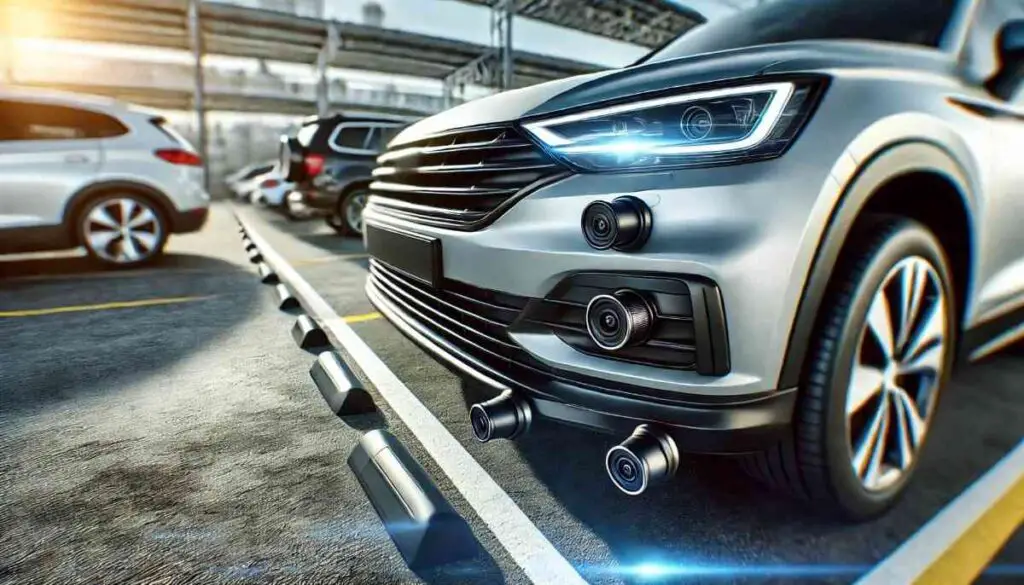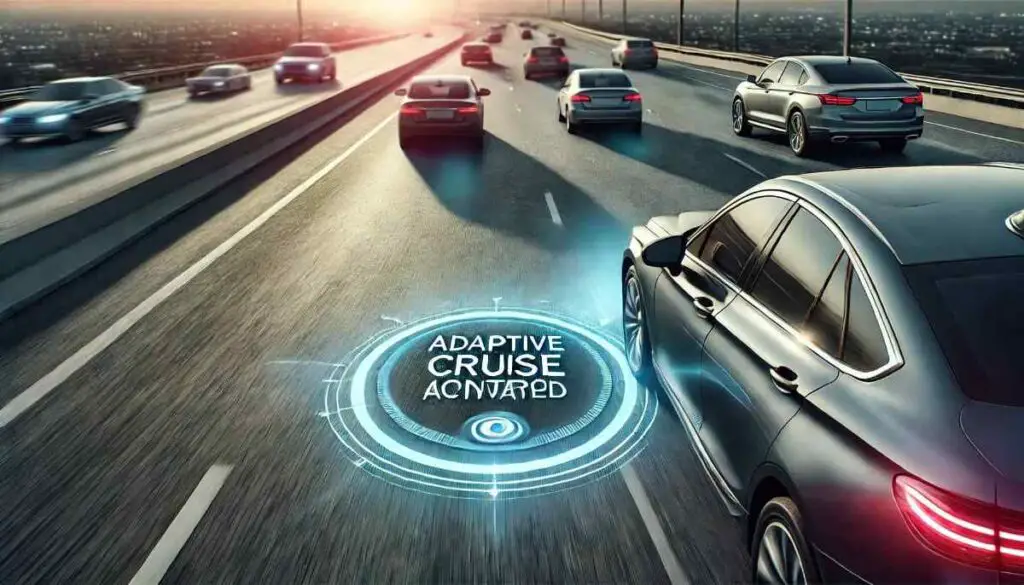Leasing a car is a great option for people who want to drive a new car without having to commit to buying it. When you lease a car, you are essentially renting it for a set period of time. At the end of the lease, you have the option to buy the car, return it, or lease a new one.
Effective Monthly Lease Calculator
Types of Leases
There are two main types of leases available: closed-end leases and open-end leases.
- Closed-end leases have a set monthly payment that includes all of the costs associated with the lease, such as depreciation, interest, and taxes. At the end of the lease, you have the option to buy the car for the residual value, which is the estimated value of the car at the end of the lease. If you don’t want to buy the car, you can return it and walk away.
- Open-end leases have a set monthly payment, but you are responsible for any excess wear and tear on the car at the end of the lease. At the end of the lease, you will be given an ending balance. If the ending balance is positive, you will have to pay this amount to the leasing company. If the ending balance is negative, the leasing company will give you a credit.
Government Car Voucher Program Texas
Factors that Affect the Cost of a Lease
The cost of a lease is affected by a number of factors, including:
- The MSRP of the car. The MSRP is the manufacturer’s suggested retail price of the car.
- The down payment. The down payment is a one-time payment that you make when you lease a car. A down payment can lower your monthly payments.
- The term of the lease. The term of the lease is the length of time that you will be leasing the car. The longer the term, the lower the monthly payments will be. However, you will have to pay more in total over the course of the lease.
- The annual mileage allowance. The annual mileage allowance is the maximum number of miles that you can drive the car each year. If you exceed the annual mileage allowance, you will be charged for each additional mile.
- The car’s residual value. The residual value is the estimated value of the car at the end of the lease. The higher the residual value, the lower your monthly payments will be.
- The interest rate. The interest rate is the cost of borrowing money to finance the lease. A higher interest rate will increase your monthly payments.
- The lease fees. There are a number of lease fees that can be charged, such as a lease origination fee, a lease termination fee, and a damage waiver fee.
The cost of leasing a $45,000 car will vary depending on a number of factors, including the vehicle’s make and model, the term of the lease, the down payment, and the residual value. However, as a general rule of thumb, you can expect to pay around $500-$700 per month for a lease on a $45,000 car.
Here are some of the additional factors that will affect the cost of your lease:
- Vehicle make and model: Some vehicles are more expensive to lease than others. For example, luxury cars typically have higher lease payments than more affordable models.
- Term of the lease: The longer the lease term, the lower your monthly payments will be. However, you will also have to pay more in total over the course of the lease.
- Down payment: Making a down payment on a lease can help to lower your monthly payments. However, it is important to note that you will not get your down payment back when you return the car at the end of the lease.
- Residual value: The residual value is the estimated value of the car at the end of the lease. A higher residual value will result in lower monthly payments.
In addition to these factors, there are also a number of other fees that you may have to pay when you lease a car. These fees can include:
- Lease origination fee: This is a one-time fee that is charged when you start the lease.
- Lease mileage allowance: This is the maximum number of miles you can drive the car each year. If you exceed the mileage allowance, you will be charged for each additional mile.
- Lease termination fee: This is a fee that is charged if you return the car early or if the car is damaged at the end of the lease.
Benefits and Drawbacks of Leasing a Car
Leasing a car has a number of benefits, including:
- Lower monthly payments. Monthly payments on a lease are typically lower than monthly payments on a car loan.
- No down payment required. Some leases do not require a down payment.
- Ability to drive a new car every few years. When you lease a car, you typically have the option to return the car at the end of the lease and lease a new one.
Leasing a car also has a number of drawbacks, including:
- Limited mileage allowance. You are typically limited to a certain number of miles each year on a lease. If you exceed the mileage allowance, you will be charged for each additional mile.
- High interest rates. Interest rates on leases are typically higher than interest rates on car loans.
- Early termination fees. If you terminate your lease early, you may be charged an early termination fee.
Tips for Finding a Good Lease Deal
Here are a few tips for finding a good lease deal:
- Shop around at different dealerships. Get quotes from multiple dealerships before you make a decision.
- Negotiate the price. Don’t be afraid to negotiate the price of the lease.
- Take advantage of lease incentives. Many dealerships offer lease incentives, such as cash rebates or low-interest rates.
- Consider leasing a certified pre-owned car. Certified pre-owned cars often come with warranties and can be a good option for people who want to lease a car without paying for a brand new one.
It is important to carefully consider all of these factors before you lease a car. By doing your research, you can find a lease that fits your budget and your needs.
People also asked
Ques : What is the difference between leasing and buying a car?
The main difference between leasing and buying a car is that when you lease a car, you are essentially renting it for a set period of time, while when you buy a car, you own it outright.
Here is a table that summarizes the key differences between leasing and buying a car:
| Feature | Leasing | Buying |
|---|---|---|
| Ownership | You do not own the car. | You own the car. |
| Monthly payments | Lower than buying a car. | Higher than leasing a car. |
| Down payment | Not required. | Required. |
| Maximum mileage | Set by the lease agreement. | Unlimited. |
| Depreciation | The lessor pays for depreciation. | You pay for depreciation. |
| Maintenance and repairs | The lessee is responsible for routine maintenance and repairs. | The buyer is responsible for routine maintenance and repairs. |
| At the end of the lease | You have to return the car to the dealership. | You can keep the car or sell it. |
Leasing can be a good option if you:
- Do not drive a lot of miles each year.
- Want to have a new car every few years.
- Do not have a lot of money to put down on a car.
Buying can be a good option if you:
- Drive a lot of miles each year.
- Want to own a car for a long time.
- Have the money to put down on a car.
Ques : What are the benefits of leasing a car?
There are many benefits to leasing a car, including:
- Lower monthly payments: Monthly payments on a lease are typically lower than monthly payments on a loan. This is because you are only paying for the depreciation of the car, not the entire purchase price.
- No down payment required: In most cases, you do not need to make a down payment when you lease a car. This can save you a significant amount of money upfront.
- New car every few years: With a lease, you can typically get a new car every 2-3 years. This is a great way to always have the latest and greatest features and technology.
- Less hassle: Leasing can be a less hassle than buying a car. You do not have to worry about selling the car at the end of the lease, and you are not responsible for any major repairs.
However, there are also some drawbacks to leasing a car, including:
- Mileage restrictions: You are typically limited to a certain number of miles per year on a lease. If you exceed the mileage allowance, you will be charged for each additional mile.
- Early termination fees: If you need to terminate your lease early, you may be charged an early termination fee.
- Lease termination value: The car’s value at the end of the lease may be lower than the residual value specified in your lease agreement. If this happens, you may be responsible for the difference.
Overall, leasing can be a great option for people who want to have a new car every few years and do not want to worry about selling the car at the end of the lease. However, it is important to carefully consider all of the pros and cons before you decide to lease a car.
Ques : What are some of the hidden costs of leasing a car?
There are a number of hidden costs associated with leasing a car, including:
- Lease origination fee: This is a one-time fee that is charged when you start the lease.
- Lease mileage allowance: This is the maximum number of miles you can drive the car each year. If you exceed the mileage allowance, you will be charged for each additional mile.
- Lease termination fee: This is a fee that is charged if you return the car early or if the car is damaged at the end of the lease.
- Lease wear and tear allowances: This is a fee that is charged for any damage to the car that is beyond normal wear and tear.
- Lease disposition fee: This is a fee that is charged when you return the car at the end of the lease.
- Lease gap insurance: This is an insurance policy that covers the difference between the car’s value at the end of the lease and the amount you owe on the lease.
It is important to be aware of these hidden costs before you lease a car. By doing your research, you can avoid surprises and make sure that you are getting a good deal.
Here are some tips for avoiding hidden costs when leasing a car:
- Read the lease agreement carefully: Make sure you understand all of the terms and conditions of the lease agreement before you sign it.
- Ask about all of the fees: Be sure to ask about all of the fees that are associated with the lease, including the lease origination fee, lease mileage allowance, lease termination fee, lease wear and tear allowances, lease disposition fee, and lease gap insurance.
- Compare lease deals: Get quotes from multiple dealerships before you decide on a lease. This will help you to find the best deal possible.
- Negotiate the lease terms: Don’t be afraid to negotiate the lease terms with the dealership. You may be able to get a lower monthly payment or a higher mileage allowance.
Conclusion
Leasing a car can be a great option for people who want to have a new car every few years and do not want to worry about selling the car at the end of the lease. However, it is important to carefully consider all of the pros and cons before you decide to lease a car.
Some of the pros of leasing a car include:
- Lower monthly payments
- No down payment required
- New car every few years
- Less hassle
Some of the cons of leasing a car include:
- Mileage restrictions
- Early termination fees
- Lease termination value
- Higher monthly payments
- No equity
- Less flexibility
It is also important to be aware of the hidden costs associated with leasing a car, such as the lease origination fee, lease mileage allowance, lease termination fee, lease wear and tear allowances, lease disposition fee, and lease gap insurance.
Auto Lease Calculator







